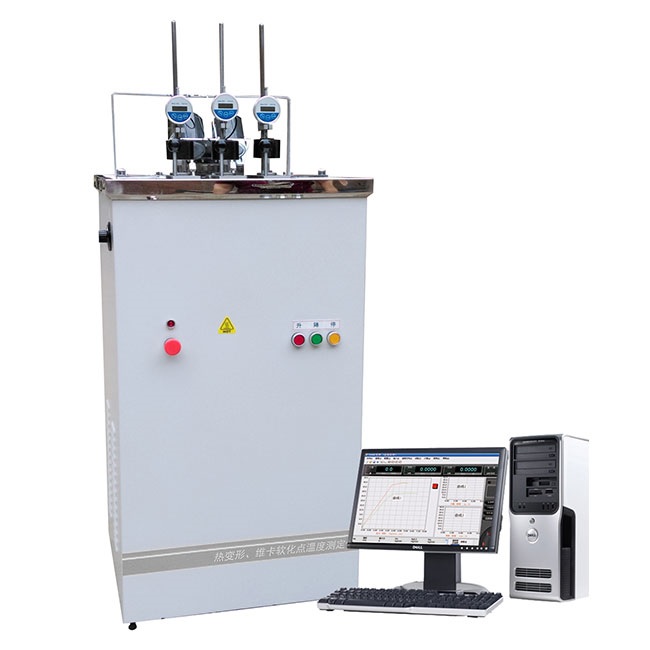
The Vicat softening temperature test is a method of determining the temperature at which a material will undergo a specific type of deformation. This type of deformation is known as plastic deformation, and it results in a change in the shape of the material without a change in its volume.
what is vicat softening temperature test?
The Vicat softening temperature test is used to determine the temperature at which a material will begin to soften. This test is commonly used for plastics and other materials that are not able to be tested using the standard hardness tests. The Vicat softening temperature test is performed by placing a small indentor on the material and then heating the material until the indentor begins to sink into the material. The temperature at which this happens is recorded as the Vicat softening temperature.
What role do vicat softening temperature test play?
The Vicat softening temperature test is used to determine the temperature at which a material will begin to soften. This test is important for many materials, especially plastics, as the Vicat softening temperature can be used to predict the material's behavior at high temperatures.
According to the use occasion, how should we choose vicat softening temperature test?
There are many factors to consider when choosing a vicat softening temperature test, including the intended use of the product and the specific needs of the user. For example, products intended for use in high-temperature environments will need to be able to withstand higher temperatures than those intended for use in lower-temperature environments. Similarly, products that will be subject to more wear and tear will need to be able to withstand more wear and tear than those that will not.













